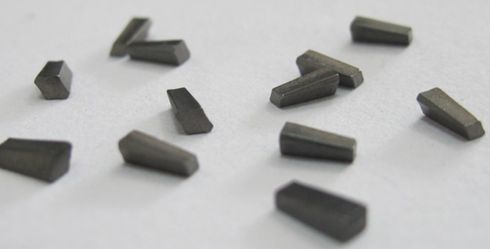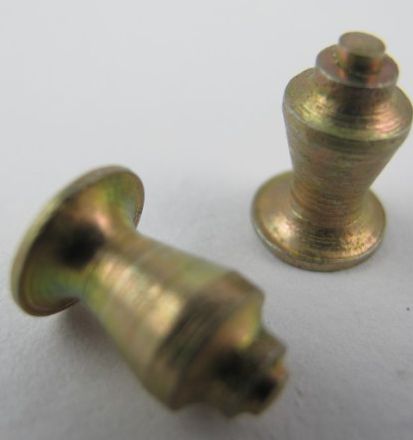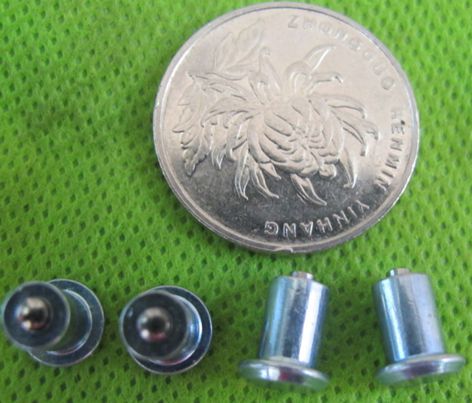
YDTech® manufacture of ice boot studs and snow tire studs! supplier of tungsten skid studs, ice screws or snow studs for footwear, bicycles, car in china!


the tungsten carbide studs are found on the higher end studded tires . Because carbide studs are much harder than stainless steel studs, they tend to have a longer life – especially if the tires are going to see a lot of use on dry pavement. To save weight some of the highest end tires will use a carbide stud with an aluminum base. These tires are usually good for a few seasons without the need to replace the studs.
Studded tires will loose studs due to friction or from studs not being properly set. Losing 10-15 studs over time is common, and studs can be replaced.


The tungsten carbide tip made from mining grade carbide is inserted into the body for maximum penetration in all surfaces. The steel body is heat-treated for exceptional durability. The specially designed threads provide better grip and reduce chances of pull-out. They also cut the rubber, so that when the studs are removed, they leave only a very small hole. The sharp tip of the screw eliminates the need to pre-drill the track for installation and does not leave an open hole that can build-up with debris in the hole that’s left.

 If you mostly ride city streets, consider a tire with fewer studs. Tires with fewer studs perform better on pavement, but won’t handle as well on ice. If you ride extensively on trails, or infrequently plowed side streets you might want to consider a tire with more studs to provide better traction.
If you mostly ride city streets, consider a tire with fewer studs. Tires with fewer studs perform better on pavement, but won’t handle as well on ice. If you ride extensively on trails, or infrequently plowed side streets you might want to consider a tire with more studs to provide better traction.
Most of your control and braking is provided by the front tire, so a single studded tire will often suffice for moderately icy situations. Additionally a single tire will be a little faster and easier to manage in dry pavement. That having been said, a full set of studded tires are very beneficial as the winter presses on and the side streets become a harrowing system of icy ruts